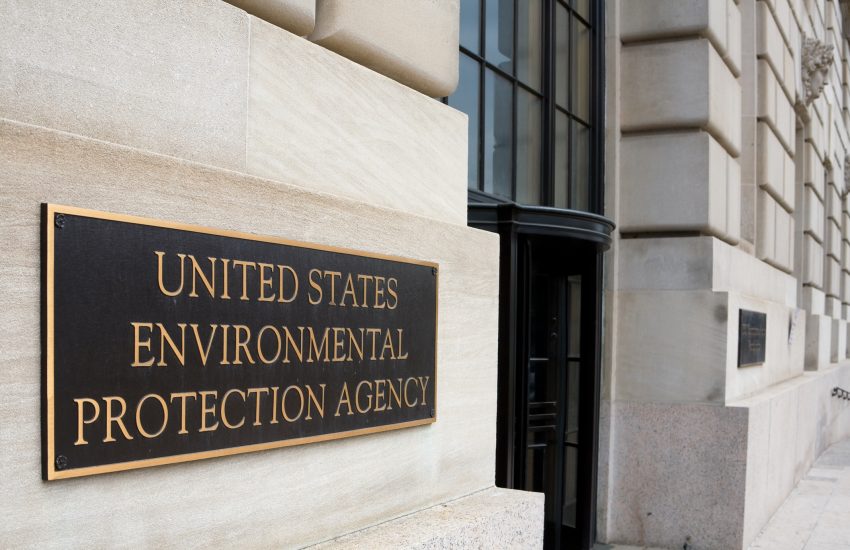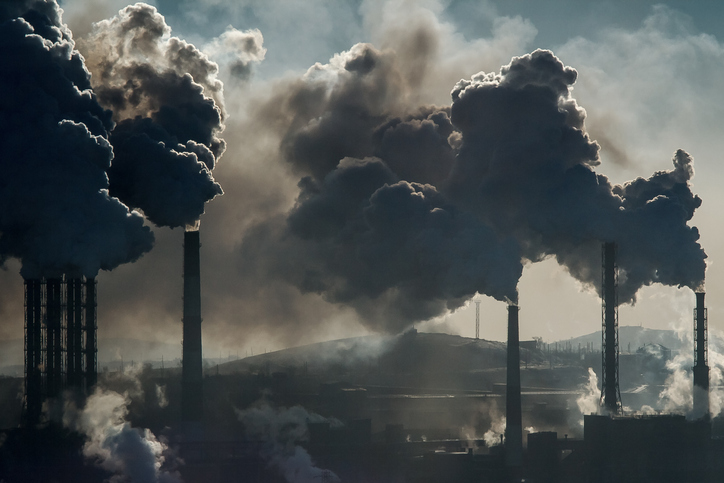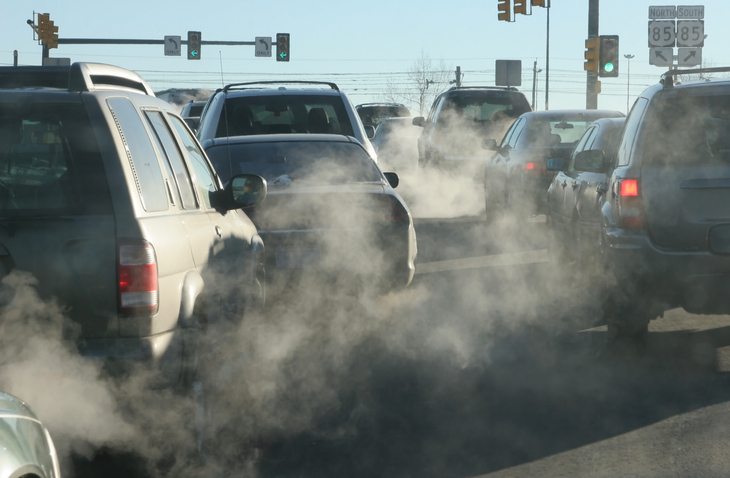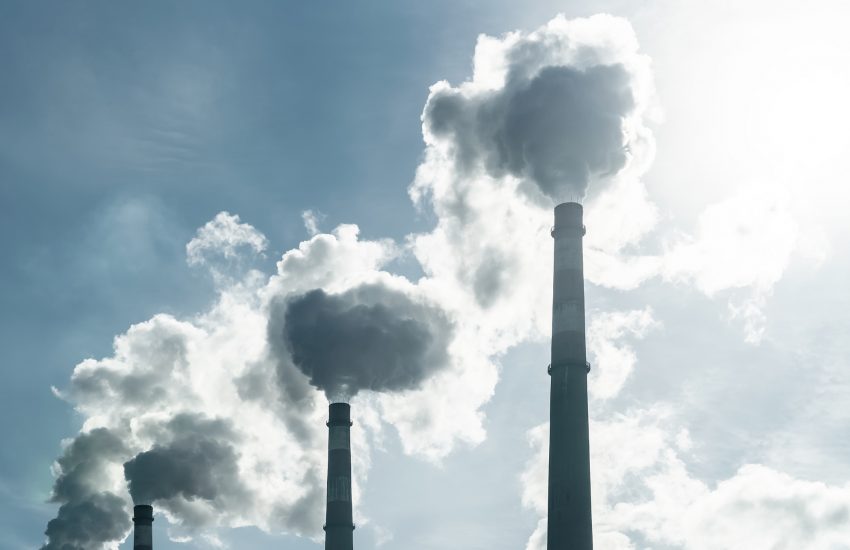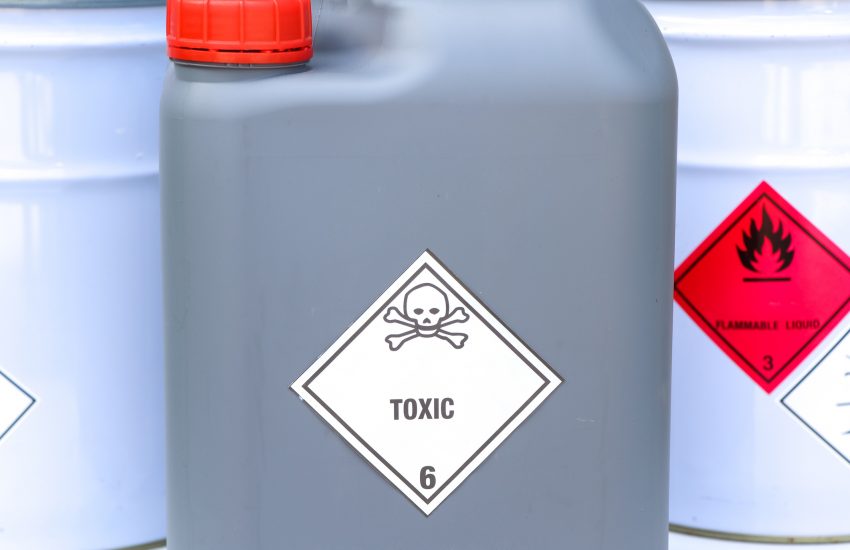Stationary combustion turbines, often referred to as gas turbines, are used to generate high volumes of electricity at power stations, dams, and industrial centers. Despite their size, noise, and prodigious output, these engines are simple, with a design that dates, at least in concept, all the way back to 150 BC when a Greek inventor named “Hero” designed a ‘toy’ sitting on top of heated water, the gases of which caused the toy to spin.
This concept, compressing air and then injecting fuel and heat …
Continue Reading
